WWVH Photo Gallery
The Station's Surroundings
After serving the Pacific area for 23 years from the Island of Maui, Hawaii, Radio Station WWVH was relocated to the western edge of the Island of Kauai, Hawaii in 1971. The facility is located near Kekaha at Kokole Point. Around the clock, continuous broadcast services from Hawaii supplement those from WWV in Fort Collins, Colorado, by providing coverage in the Pacific Basin.
Entrance

| Sunset
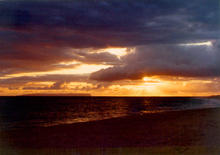
|
Station house
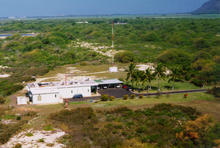
| Old Station
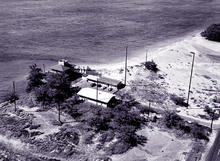
|
Clocks & Antennas
Several cesium atomic clocks provide the precise timing information broadcast by WWVH, these signals are amplified by transmitters (below) and broadcast from several antennas. Three atomic frequency standards at WWVH provide optimum timekeeping ability. These "atomic clocks" are kept in as close agreement as possible with the UTC(NIST) time scale located in Boulder, Colorado.
Clocks
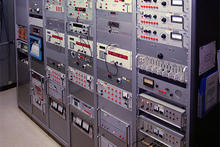
Credit:
D. Okayama/NIST
| 15 MHz antenna
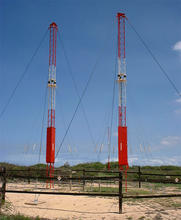
|
Sunset
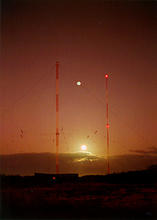
| Antenna field
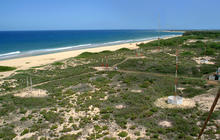
|
Transmitters
These transmitters amplify the time signal that is sent to the antennas.
Left view
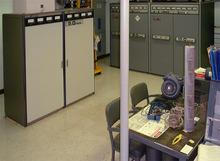
| Center view
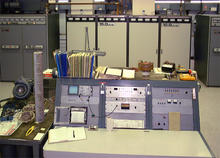
|
Right view
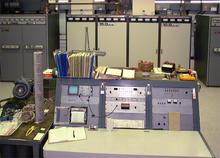
| 10,000 Watt
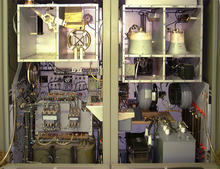
|
At WWVH, only one clock is "on the air" at any time. The other two permit clock comparison and emergency or standby service. Satellite synchronization methods are used to keep WWVH clocks "in step" with NIST/Boulder standards.
A time code generator allows recorded voices and special announcements to be programmed automatically into the broadcast format. This information provides modulation through a synthesizer for the four standard broadcast frequencies. A female voice announces WWVH's time, thus allowing distinction from WWV's male voice. The RF signals are amplified through high power transmitters and fed to the antenna systems. The antennas are modified half-wave dipole phased arrays with the exception of the 2.5 MHz and standby monopoles.

